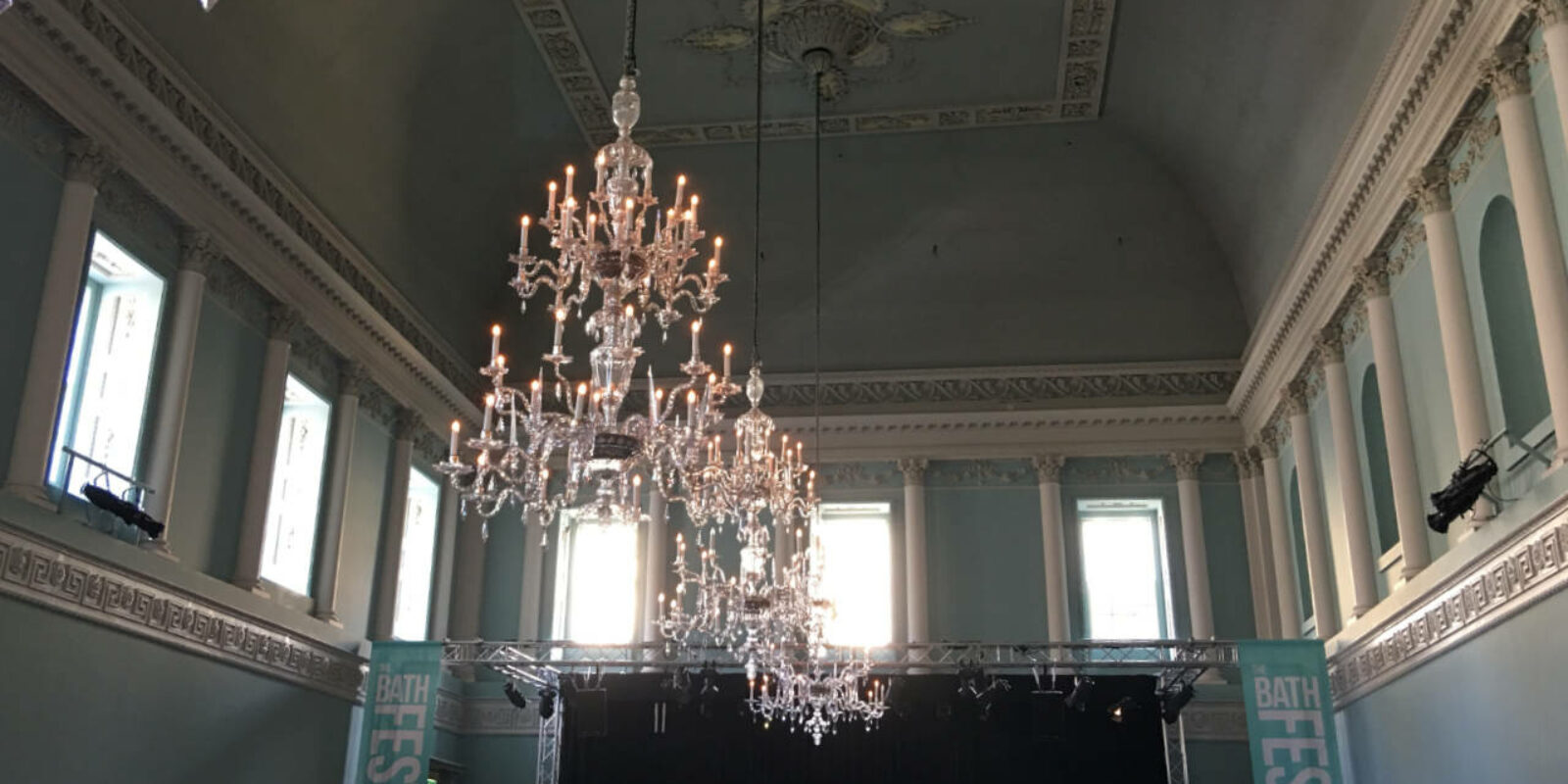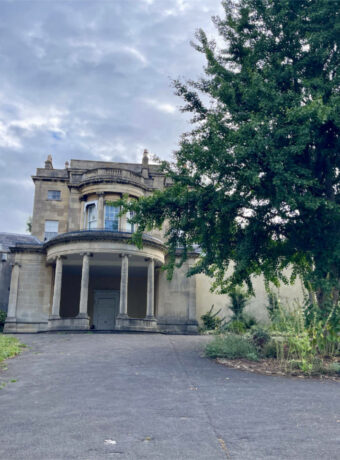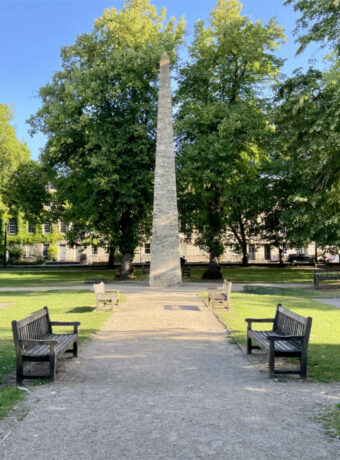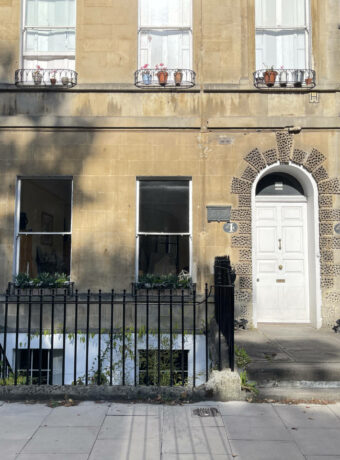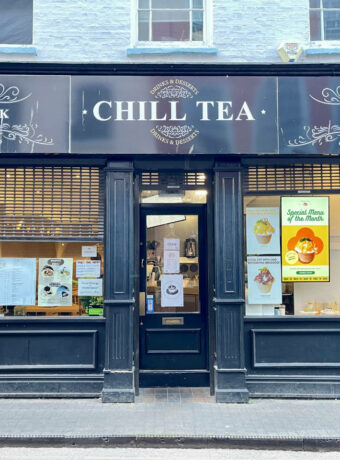All photos and images are copyright protected. Digital images and prints are available for purchase, please use the contact page or leave us a message below. All rights reserved
In a city known for its elegant crescents and classical facades, the Bath Assembly Rooms stand out as one of the finest examples of Georgian architecture and social ambition. Built during Bath’s golden age in the 18th century, these rooms were beautifully designed spaces, purposeful as the heart of social life for the city’s fashionable elite.
Today, the Assembly Rooms offer visitors a unique opportunity to step inside the refined world of Georgian society, explore stunning architecture, and the opportunity to connect with a bygone era of grandeur, grace, and formality.
NOTE: Bath Assembly Rooms are temporarily closed as work continues on the ambitious plans to design a new visitor experience for this historic building. The National Trust aims to finish the renovations and reopen the Bath Assembly Rooms by 2027. In the mean time, continue reading to learn more its history, role in society and architecture here.

The Origins of the Assembly Rooms
By the mid-1700s, Bath had transformed from a modest spa town into Britain’s most fashionable resort. With its mineral-rich hot springs, stunning countryside, and reputation for refinement, the city became a magnet for aristocrats, artists, and the upwardly mobile. To accommodate the ever-growing number of well-heeled visitors seeking entertainment, the city commissioned a new and more spacious venue for social gatherings.

The Assembly Rooms were designed by John Wood the Younger, one of the leading architects of the time, and completed in 1771. Known initially as the New Rooms or Upper Assembly Rooms, they were built to outshine the older Lower Assembly Rooms and quickly became the go-to venue for balls, concerts, card games, and fashionable tea gatherings. The Lower Assembly Rooms, later known as Kingston Assembly Rooms after further enlargement was devastated by a fire in December 1820. It was rebuilt but finally demolished in 1933 to make way for road improvements. The site is now know as “Bog Island”.
The existing building results from several periods of refurbishment and restoration plus incremental additions and alterations to adapt the building to evolving use. Here are the significant periods:
Current: Closed for renovation until 2027
- 2023: National Trust took over the building management from Bath & North East Somerset Council
1900s
- 1998: Refurbishment of the Ball Room ceiling following partial collapse
- 1975: ‘Museum of Costume’ installed in the basement
- 1963: Post-war rebuilding and restoration was completed
- 1942: Building hit by an incendiary bomb during the Bath Blitz and catastrophically damaged
- 1931-1937: Extensive restoration
- 1931: Building bought and gifted to the National Trust, then leased to the Corporation of Bath
- 1921: Building became a cinema
- 1906: Building occupied by the Royal Flying Corps
- 1904: Work to improve escape routes and sanitation
1800s
- 1898: South-east pavilion extended
- 1881: Further redecoration
- 1869: ‘The City Conservatory’ added to the south-east corner
- 1865: Further redecoration
- 1818: Gas lighting added and extensive internal redecoration

Unlike the exclusive private clubs of London, the Assembly Rooms were open to any paying visitor, provided they followed the expected rules of decorum. They were purpose-built to bring people together for entertainment, conversation, and, often, matchmaking. In many ways, they served as the social networking spaces of the 18th century.
Architectural Grandeur
The Assembly Rooms are a masterpiece of Palladian-inspired Georgian architecture, defined by balance, proportion, and light. Everything about the building was carefully designed to impress and to function as a social stage.
Visitors first enter through a grand portico and are led into a series of interconnected rooms, each with its own distinctive design and social purpose. Together, these spaces reflect the style and sensibilities of 18th-century Bath.

The Grand Ball Room
The largest and most impressive space, the Ball Room is nearly 100 feet long and crowned with five original Whitefriars crystal chandeliers. These glittering features, some of the finest surviving Georgian chandeliers in the country, reflect light off the high ceilings and large windows, creating a dazzling setting for elegant dances and formal balls. The room’s size and acoustics made it ideal for music and public assemblies.
The Great Octagon Room
With its unique shape and intimate layout, the Octagon Room was often used for music and card games. Its clever geometry creates a welcoming atmosphere, ideal for smaller gatherings and conversation. Portraits and period features add character and a sense of history.
The Tea Room
A refined space designed for socialising over tea, this room continues the classical elegance seen throughout the building. Here, ladies and gentlemen once enjoyed delicate refreshments, engaged in genteel conversation, and observed the fashion of the day.
Every detail, from the layout to the plaster ornamentation, contributes to the overall atmosphere of harmony and sophistication. Natural light was maximised through large sash windows, while the proportions of each room were carefully planned to create a sense of order and elegance—a hallmark of Georgian design.

A Hub of High Society
In its prime, the Bath Assembly Rooms were the place to see and be seen. The Georgian elite gathered here to dance, play cards, attend concerts, and engage in polite conversation—all within the bounds of strict social etiquette. Managed by the influential Master of Ceremonies, Beau Nash, these events offered opportunities for mingling between classes and, more importantly, introductions between eligible bachelors and ladies.

The rooms attracted notable visitors, including Jane Austen, who referenced Bath’s social scene in her novels Northanger Abbey and Persuasion. While Austen herself often regarded the social rituals with irony, there’s no doubt that the Assembly Rooms provided rich inspiration for her observations on class, manners, and courtship. More about this later.
Attendance was governed by rules: no swords, no late arrivals, and no loud behaviour. Despite the rigid structure, the Rooms remained lively and vibrant spaces where fashion trends were set, gossip circulated, and reputations were made or broken.
Surviving War and Change
The Assembly Rooms have stood the test of time, but not without adversity. During the Second World War, the building was badly damaged in the Bath Blitz of 1942. The bombings destroyed parts of the roof and caused severe structural damage. Thankfully, the famous chandeliers were in storage at the time and survived unscathed.
Restoration began in the post-war years, with significant efforts to return the building to its former glory. Today, thanks to careful conservation, visitors can experience the Rooms much as they were in the 18th century complete with their ornate plaster ceilings, classical proportions, and decorative grandeur.
For years, the building also housed the Fashion Museum, which added another layer of historical interest although the museum has since been relocated and not yet reopened.

The Bath Assembly Rooms in Jane Austen’s World
Just as the Assembly Rooms hold a special place in Bath’s history, it is also embedded in both Jane Austen’s literary imagination and her life experiences. In Austen’s novels, such settings provide pivotal stages and moments where characters reveal their true intentions and desires.
In Northanger Abbey and Persuasion, both set in Bath, the Assembly Rooms play an important role as iconic social landmarks.
In Northanger Abbey, the heroine Catherine Morland attends balls and concerts at the Lower Rooms (another set of Assembly Rooms that no longer exist, located where Bog Island is today), where she experiences the excitement, awkwardness, and emotional highs of fashionable society. It is in these spaces that she meets key characters like Henry Tilney and endures the trials of navigating social hierarchies and gossip.
“They made their appearance in the Lower Rooms; and here fortune was more favourable to our heroine.”
— Northanger Abbey
Similarly, in Persuasion, the Assembly Rooms symbolise the social life Catherine has outgrown. They serve as a space where the past and present collide, where she observes how time has changed people and fortunes, including her former love, Captain Wentworth.
Austen seemingly writes from both direct experience and sharp social observations. By setting her stories in a real and recognisable spaces to her readers. These venues embody the very rituals and social customs, dancing, conversation, courtship that define the concerns of her characters and the era in which they lived.
For visitors today, walking through the Assembly Rooms is a tangible way to step into Austen’s world. You can stand where her characters might have stood, hear echoes of music and chatter in the grand ballroom, and imagine the candlelit scenes that shaped her most memorable courtships.
Visiting the Assembly Rooms Today
Today, the Bath Assembly Rooms are owned by the National Trust and open to the public. Visitors can explore the historic rooms, learn about their role in Georgian society, and admire the architectural brilliance that has made them one of Bath’s most treasured landmarks. However, please note the temporary closure for renovation work until 2027.
Information boards and guides explain the purpose of each room and its significance in social life. The Whitefriars chandeliers remain a highlight, their sparkling light still capturing the elegance of a bygone era. Occasionally, special exhibitions and events bring the rooms back to life with music, dance, and period dress.
Located just a short walk from Bath’s city centre, the Assembly Rooms are close to other attractions like The Circus, The Royal Crescent, and The Fashion Museum’s new home (once announced). A visit here offers not just a glimpse into Bath’s past but a chance to walk through the very halls that once echoed with the sounds of laughter, music, and whispered courtship.
Nearby Attractions
The Bath Assembly Rooms are ideally located for visitors exploring the city’s rich Georgian heritage. Just a few steps away, you’ll find yourself on The Circus, a circular sweep of townhouses famed for its Palladian design. Just beyond The Circus and short walk down Brock Street, lies the iconic Royal Crescent, perhaps Bath’s most photographed landmark. Together with the Assembly Rooms, these sites form a perfect self-guided walking tour of Georgian architecture in Bath.
Practical Info
The Assembly Rooms are currently closed for renovation. Visiting details below are provided as reference only. We will update this post when it reopens.
Opening Times & Access: The Assembly Rooms are usually open daily, but hours may vary seasonally or during special events. It’s recommended to check with the National Trust website or visitor centre for the most current opening times and any entry fees. Entry is typically free for National Trust members.
Accessibility: The building is accessible to wheelchair users, with lifts available to all main rooms. Staff are on hand to assist visitors with additional access needs.
Facilities: There is a gift shop on-site offering books, souvenirs, and items inspired by Bath’s Georgian past. There is also dedicated café within the Assembly Rooms for light snacks and drinks. Several excellent cafes and tea rooms can be found just minutes away on Brock Street, Bennett Street and Alfred Street.
Address: Bennett St, Bath BA1 2QH
Website: http://www.nationaltrust.org.uk/bath-assembly-rooms/
Even though you might not be able to visit the Assembly Rooms, externally they are still a sight to behold. Architecture lovers especially will appreciate the classical proportions and masterful design, cultural travellers will enjoy stepping into a space that once buzzed with music and movement, and history buffs will relish walking in the footsteps of Jane Austen’s world.
For anyone seeking to understand Bath beyond its Roman Baths or modern spas, the Assembly Rooms are an essential stop a quiet yet majestic reminder of the city’s role in shaping Britain’s cultural and architectural legacy.
Images from Visit Bath
References
- The Bath Assembly Rooms in Jane Austen’s novels https://www.regencyhistory.net/blog/assembly-rooms-bath-jane-austens-novels
- Letters of Jane Austen by Sarah Chauncey Woolsey https://www.gutenberg.org/files/42078/42078-h/42078-h.htm
- Bath Assembly Rooms Wikipedia Entry https://en.wikipedia.org/wiki/Bath_Assembly_Rooms
- The Assembly Rooms page, Visit Bath https://visitbath.co.uk/things-to-do/the-assembly-rooms-p23901
